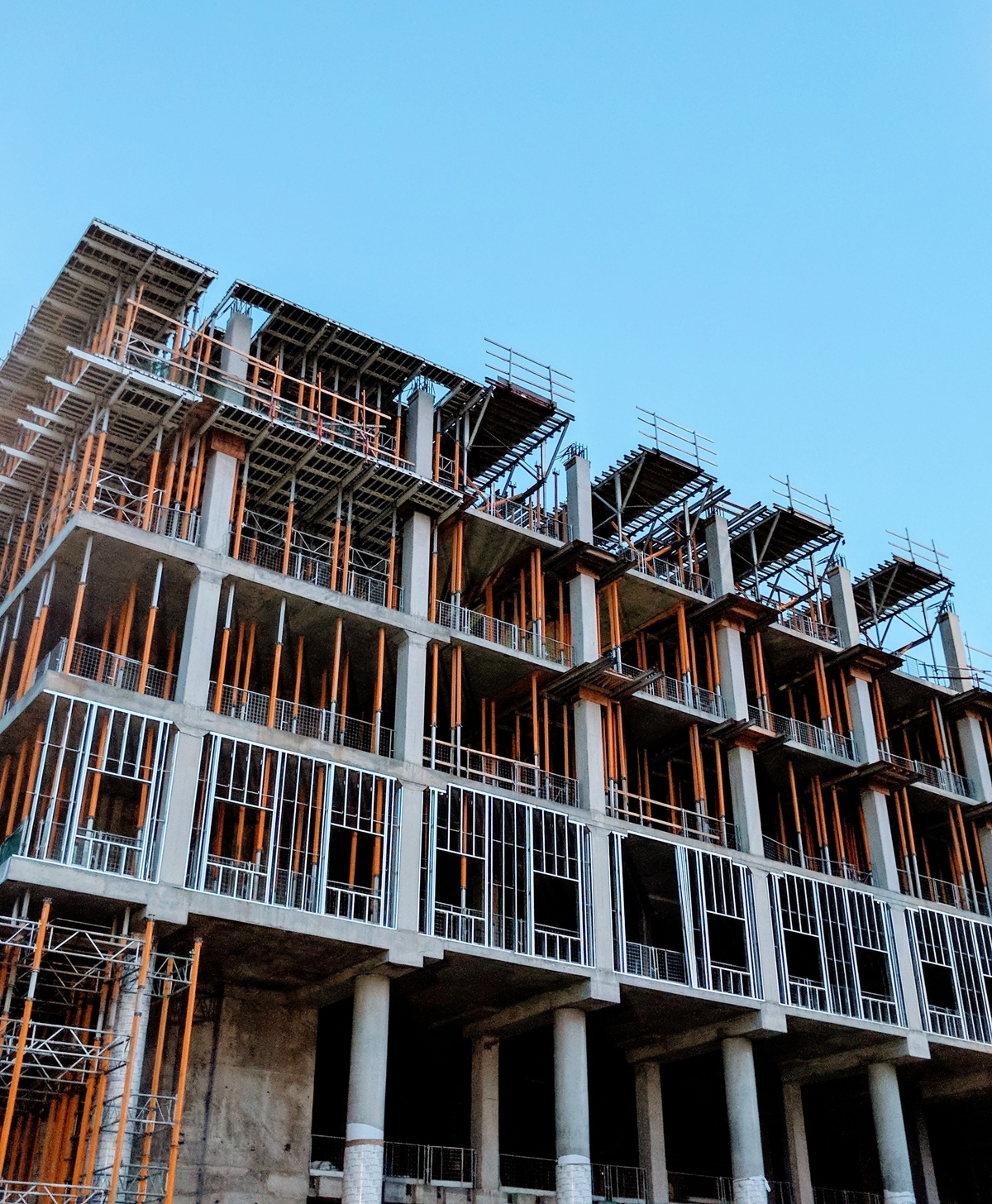Multifamily Builder and Develop Confidence Weakens Slightly in Third Quarter

Confidence in the market for new multifamily housing weakened slightly in the third quarter, according to results from the Multifamily Market Survey (MMS) released today by NAHB. The MMS produces two separate indices. The Multifamily Production Index (MPI) fell seven points to 49 compared to the previous quarter. Meanwhile, the Multifamily Vacancy Index (MVI) remained even at 40, with lower numbers indicating fewer vacancies.
The MPI measures builder and developer sentiment about current conditions in the apartment and condo market on a scale of 0 to 100. The index and all of its components are scaled so that a number below 50 indicates that more respondents report conditions are getting worse than report conditions are improving.
The MPI is a weighted average of three key elements of the multifamily housing market: construction of low-rent units—apartments that are supported by low-income tax credits or other government subsidy programs; market-rate rental units—apartments that are built to be rented at the price the market will hold; and for-sale units—condominiums. The component measuring low-rent units fell five points to 51, the component measuring market rate rental units dropped 20 points to 44 and the component measuring for-sale units remained even at 50.
“The overall multifamily market remains solid, but developers are moving forward cautiously to manage inventory and keep it in pace with consumer demand,” said Gary Campbell, CEO of Gilbert G. Campbell Real Estate in Lowell, Mass., and chairman of NAHB’s Multifamily Council.
The MVI measures the multifamily housing industry’s perception of vacancies in existing apartments. It is a weighted average of current occupancy indexes for class A, B, and C multifamily units, and can vary from 0 to 100, where a number under 50 indicates more property managers believe vacancies are decreasing than increasing. With a reading of 40, the MVI remained unchanged from the previous quarter.
“The slight reduction in the MPI is to be expected as multifamily starts were relatively high in the second quarter,” said NAHB Chief Economist Robert Dietz. “The stability of the MVI is also consistent with the Census Bureau’s five-plus vacancy rate, which has moved very little in the last six months.”
Historically, the MPI and MVI have performed well as leading indicators of U.S. Census figures for multifamily starts and vacancy rates, providing information on likely movement in the Census figures one to three quarters in advance.
For data tables on the MPI and MVI, visit nahb.org/mms.
You can also learn more about the NAHB Multifamily program.
*All articles have been redistributed from NAHBnow.com*

